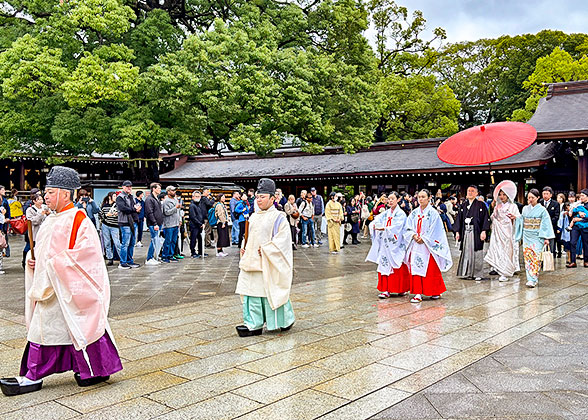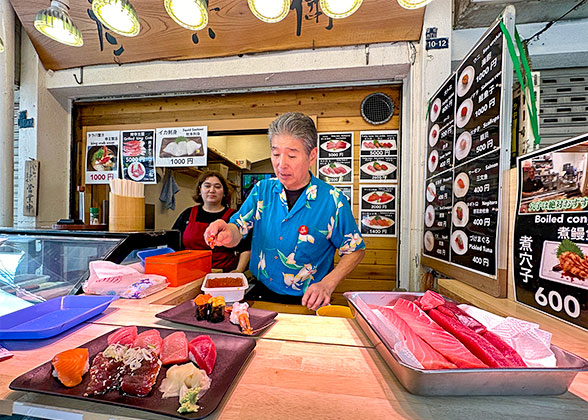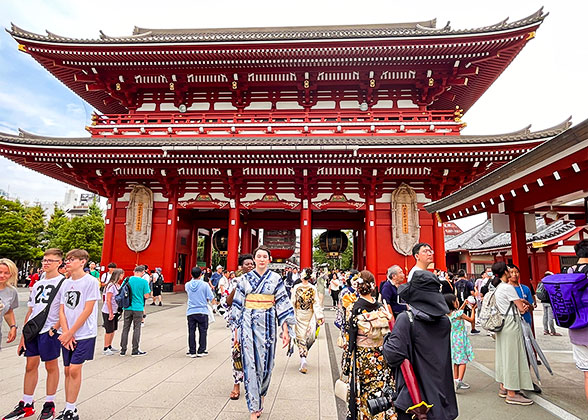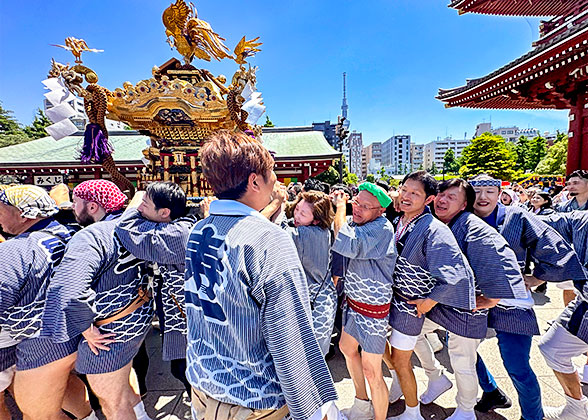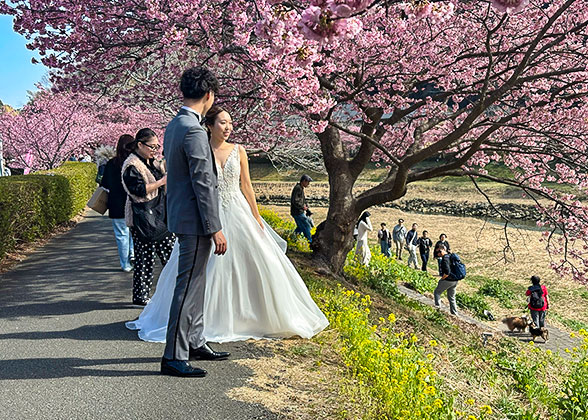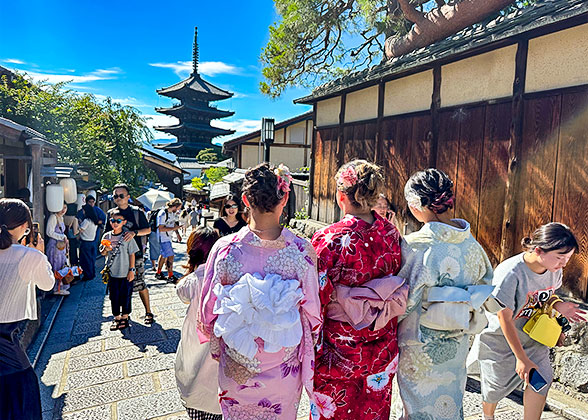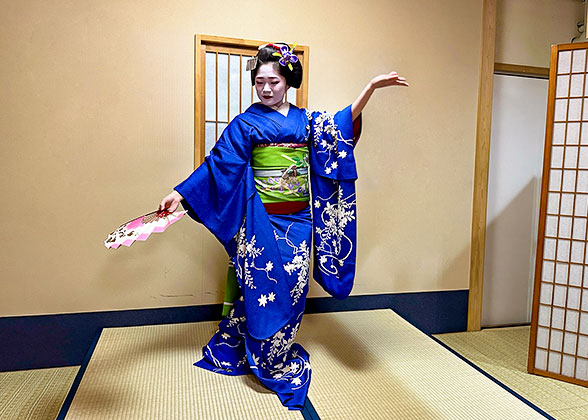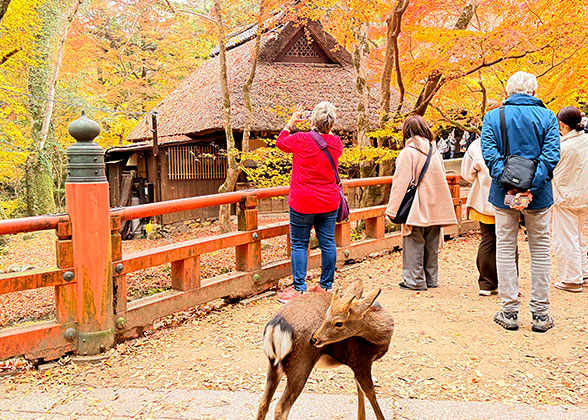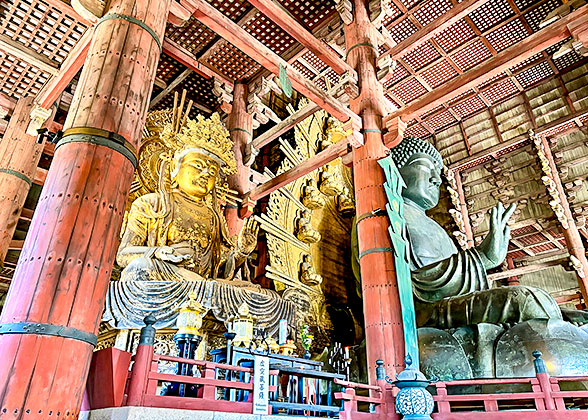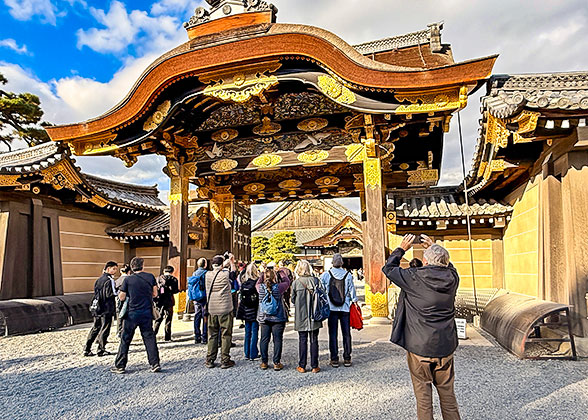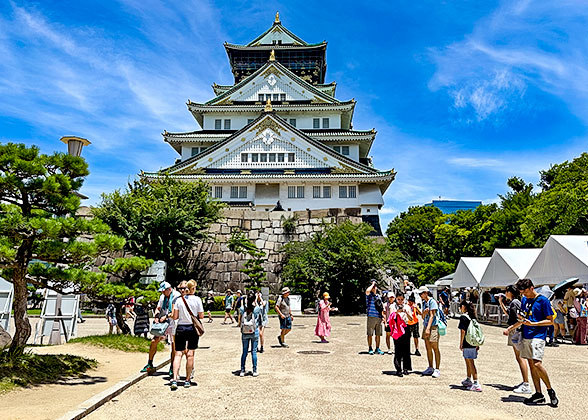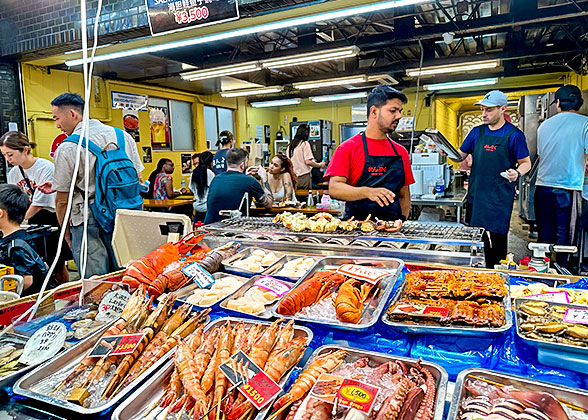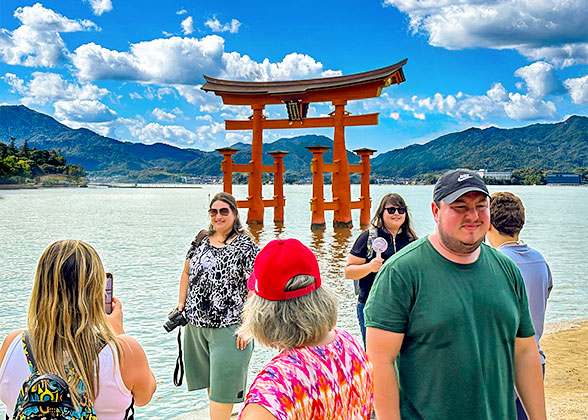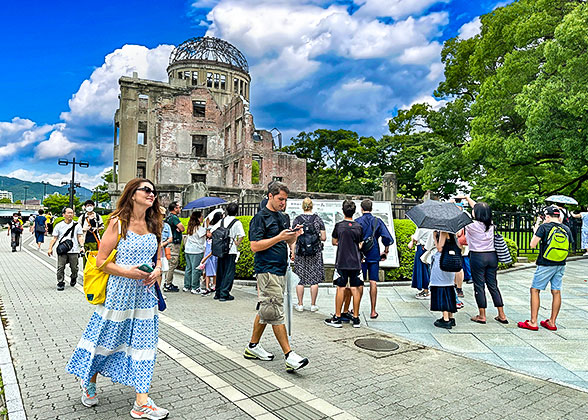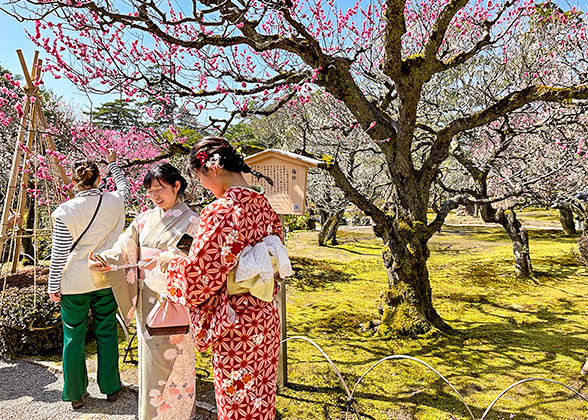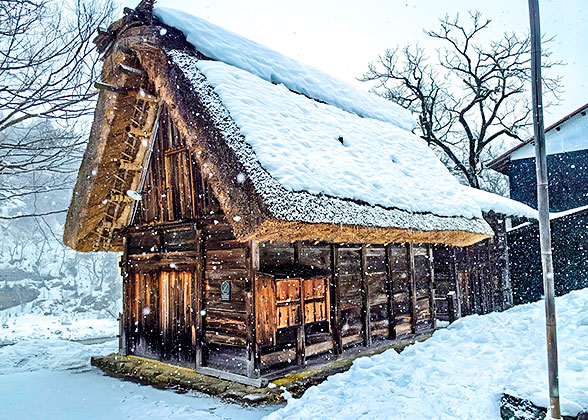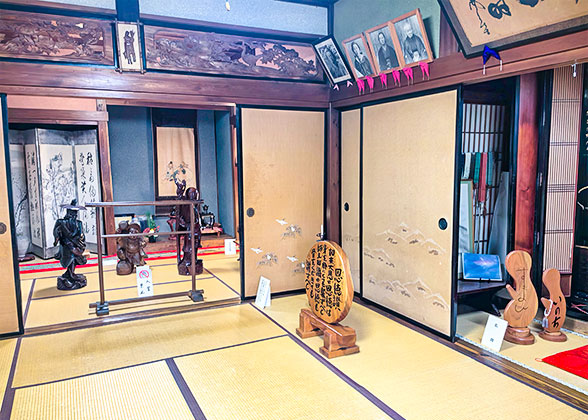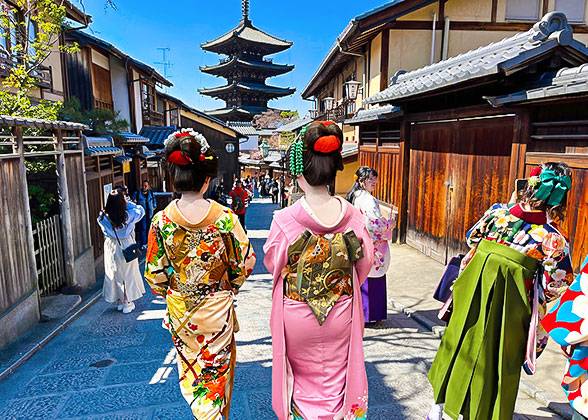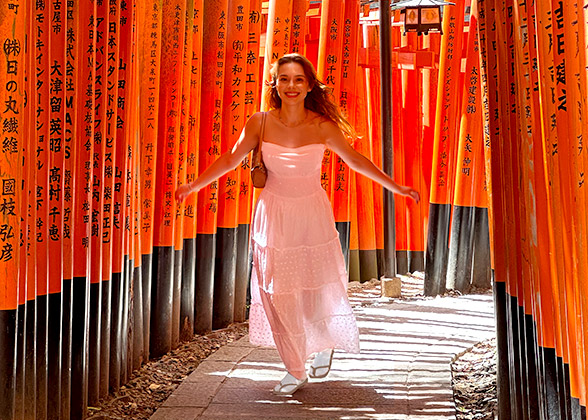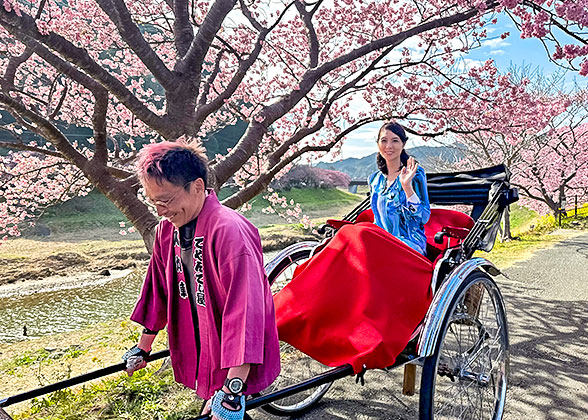Day 1: Tokyo Airport Pick-up by Shared Car
Welcome to Japan! Upon your arrival in Tokyo, we will provide a shared car transfer from the airport to our carefully selected hotel in the downtown area. However, if you arrive after 20:30 when the shared car is out of service, you’ll receive a refund and need to arrange your own transportation to the hotel or book a private pickup with us. Have a good night’s rest and get ready to embrace your Tokyo tour tomorrow!
► Transportation Fee for Your Reference
Taking the Narita Express from Narita Airport, which stops running around 22:00, directly to the 4-star hotel or followed by the metro to the 3-star hotel costs USD 20, while a taxi ranges from USD 210 to 250. From Haneda Airport, the combined fare for the Haneda Express, which operates throughout the day, and the metro is less than USD 5, while a taxi costs between USD 90 and 110. Since taxis in Japan are expensive, with a 20% night service fee added after 22:00, please consider choosing an early flight.
|
Day 2: Tokyo: Tsukiji Outer Market, Meiji Jingu Shrine, Imperial Palace, Senso-ji Temple
Early this morning, your guide will meet you at the hotel and start today’s visit by public transportation, with the first stop being Tsukiji Outer Market. Passing by countless wooden signboards written in Japanese, you’ll immediately be immersed in the rich aroma of the local delicacies - freshly cut tuna, sizzling tempura, and tamagoyaki omelet with long lines. The word “fresh” is deeply embedded in the market’s essence, and even the air is filled with the scent of the sea. Next, let’s escape the busy city and visit the Meiji Jingu Shrine, nestled among a forest in central Tokyo, which enshrines Emperor Meiji (1852 - 1912) and Empress Dowager Shoken. The Japanese people highly respected Emperor Meiji because he led Japan from a backward feudal society to an emerging international power. Therefore, many visitors bow solemnly when entering and leaving the shrine, not only showing respect but also expressing gratitude for the inner peace they find here. Known as a loving couple, Emperor Meiji and his wife also attract many Japanese lovers to hold traditional weddings at the shrine. You’ll have a great chance to see a Japanese wedding ceremony, especially on Sundays! Afterward, we’ll reach the Imperial Palace from the modern Marunouchi CBD, and you’ll notice a sprawling pine forest as if you’ve entered a secluded, sacred area. Deep inside the pine woods is a mountain forest, where most of the Imperial Palace is hidden behind thick stone walls, ancient trees, and a moat dating back to the 17th century. When the Nijubashi Bridge, a symbol of unity between the royal family and citizens, comes into view, press your shutter to capture one of the top photo spots in Tokyo! In the afternoon, slow down our pace to the Senso-ji Temple, the oldest temple in Tokyo, which showcases Japan’s traditional way of life since its construction in 628 AD, and still carries the hopes of modern prayers. A giant lantern hangs high at the Kaminarimon Gate, so impressive that every traveler photographs it as a symbol of the temple. Passing through it to the Nakamise-dori Street, it feels like stepping into a Ukiyo-e painting of the 17th to 19th century: every step is full of excitement, with traditional shops on both sides selling a variety of Japanese-style items and snacks; you can even see the Tokyo Skytree standing in the distance. Through the Hozomen Gate at the end of the street, you’ll see the vermilion Senso-ji Temple, with its tall five-story pagoda remarkable, surrounded by people praying for blessings. If you’re interested, you can ask the guide to help you draw lots as you like. Finally, your guide will escort you back to the hotel. Meals: Breakfast
|
Day 3: Tokyo - Hakone (Mt. Fuji, Owakudani Valley, Lake Ashi Cruise) - Tokyo
Today, we’re heading to Hakone to see the Mt. Fuji, Japan’s tallest mountain and a cultural icon. After your hotel pickup, follow your guide to catch a train to Hakone. The adventure kicks off as we ride the Hakone Tozan Train, a historic mountain railway that winds through narrow, densely wooded valleys, charming bridges, and tunnels. Through the wide-view windows, admire the changing scenery across the seasons, and the sight of steep slopes is genuinely breathtaking. After transferring from the mountain train and cable car rides to the ropeway, we move on to the Owakudani Valley, where a strong sulfur smell fills the air. If your respiratory system is sensitive, it’s best to wear a mask. Watching the white smoke slowly rise from the ground, it feels like being in the Hell Valley. While enjoying the view, don’t forget to try the famous black eggs, which are said to add 7 years to your life if you eat one, and take a picture with the black egg sculpture engraved with “Owakudani.” On clear days, you can also get a shot of Mt. Fuji in the background. Continue riding the ropeway to cross the dense forest on Sounzan Mountain and enjoy a 360-degree panoramic view of the Lake Ashi and Mt. Fuji. When we arrive at Togendai Port, board a pirate-style sightseeing boat and cruise across the Lake Ashi, a volcanic lake formed around 3,000 years ago, with tranquil waters that reflect the sky and the surrounding mountains. The stunning scenery of the red Peaceful Torii of Hakone Shrine, quietly standing by the lake, and the sacred, snow-capped peak of Mt. Fuji in the distance will naturally immerse you in serenity and Japanese elegance, helping you forget your worries and reminding you of nature’s purity and the beauty of life. Completing all the visits in Hakone, your guide will accompany you on the train ride back to Tokyo. ★ Why Choose Our Hakone Itinerary to View Mt. Fuji1. Since many tourists feel that not seeing Mt. Fuji means they haven’t truly experienced Japan, and since it’s only visible for as few as 80 days a year, we offer an exclusive date-exchange service to let you choose a clearer day during your two days in Tokyo. This boosts your chances of seeing Mt. Fuji by 50% compared to others. We will prioritize booking reserved tickets for express trains or bullet trains, which must be made at least one month in advance. However, if you make a last-minute booking or use the date-exchange service, only non-reserved seats will likely be available. As long as it’s not peak season, you could still find a seat. But we believe these efforts to see Mt. Fuji are worthwhile; that’s why we insist on being the only Japan tour operator providing this service. 2. If you’re only able to visit during months with less ideal weather instead of the prime months from October to the next February, you can still enjoy Hakone’s signature scenery, such as the sea of cherry blossoms along Lake Ashi from late March to mid-April and its famous hydrangea-covered mountain train from June to July. Meals: Breakfast Mount Fuji Cherry Blossom in Japan
|
Day 4: Tokyo to Kyoto by Train: Visit Golden Pavilion, Pure Water Temple, and Gion Geisha Area
Today, say goodbye to Tokyo, and you need to transfer to Kyoto by train on your own, with tickets reserved and included in the itinerary. A 7-minute walk from the 4-star hotel will take you to Tokyo Station, just as a 1-minute walk from the 3-star hotel to Kayabacho Station, followed by a 3-minute metro ride on the Tozai Line to Otemachi Station near Tokyo Station. After a 2.5-hour rail journey, you’ll arrive at the ancient city of Kyoto, which feels like flipping through a faded collection of Japanese poetry. Each page is filled with tranquility and romance, describing the solemnity of shrines and Buddhist temples, as well as the natural beauty of the four seasons. After your guide in Kyoto picks you up at the train station and helps with your hotel check-in, we’ll visit the Temple of Golden Pavilion, whose stunning beauty shines as you enter the courtyard. Designed during Kyoto’s golden age, the Golden Pavilion embodies Japanese aesthetics from the 14th to 15th centuries, heavily influenced by Zen Buddhism, which emphasizes spiritual enlightenment and inner peace. As we walk through the garden along Mirror Pond and watch the Pavilion’s reflection in the water, you can fully understand why the garden is said to symbolize the Pure Land. Next, let’s walk along Ninenzaka and Sannenzaka, narrow slopes lined with small shops offering a variety of appetizing Japanese snacks and endearing knick-knacks, revealing Japanese elegance amidst the buzz. At the end, we’ll reach Kyoto’s landmark, Pure Water Temple. Ascend to the viewing platform on the mountaintop to enjoy the city views. As the origin of the temple’s name, the clear Otowa Waterfall in the temple splits into three springs that flow year-round, symbolizing health, knowledge, and marriage, and attracts a steady stream of visitors who drink from it in the hope of receiving blessings. Leave the temple and follow your guide to explore the Gion geisha area. Among its labyrinthine alleys, Hanami-koji Street is known for traditional Japanese-style teahouses and occasional sightings of geishas and maikos, making you feel as if you’ve traveled back to 17th-century Japan. Finally, you can follow the guide back to the hotel or continue exploring Gion on your own. It’s recommended to enjoy the night view of Yasaka Shrine, one of the top three night views in Kyoto. The shrine seems to be wrapped in a mysterious veil at night, as hundreds of lanterns in the dance hall glow one after another, casting swinging lights and shadows that create a spectacular scene, almost like the world of the fantasy film Spirited Away. Later, take a 10-minute taxi ride back to your hotel, or hop on the 207 City Bus from Shijo Keihan-mae Station nearby for about 25 minutes to Subway Kujo Station, less than a 5-minute walk from your hotel. Meals: Breakfast Pure Water Temple, Kyoto Geisha Dancing
|
Day 5: Kyoto Fushimi Inari Shrine, Nara World Heritage Tour & Meet Deer, Back to Kyoto
This morning, your guide will greet you at the hotel and start our Kyoto tour with Fushimi Inari Shrine, which enshrines the god Inari, highly revered for protecting agriculture and commerce. The most iconic feature here is the stretching Senbon Torii, composed of thousands of vermilion torii gates, and built one by one along the slopes of Mount Inari, each carrying the wishes or gratitude of its donor. Walking through the marvelous red tunnel, the play of light and shadow would make you feel like traveling through time and space; it’s a paradise for photography enthusiasts. Later, join your guide for a train ride to Nara, Japan’s first ancient capital, even older than Kyoto. Entering Nara Park feels like stepping into a world of deer, where over 1,000 have their distinct personalities: some are gentle, calmly approaching you and gazing with moist eyes, while some may even bow politely, looking very cute. However, when you take out deer biscuits, they’ll immediately get excited, so you’d better hide the biscuits well and feed the deer piece by piece; otherwise, you might be chased by them. Then, continue our trip to one of Nara’s UNESCO World Heritage Sites, the Great Eastern Temple. In the 8th century, smallpox was widespread, and political disputes persisted. Therefore, Emperor Shomu ordered the construction of the Great Eastern Temple to enshrine the Great Buddha Vairocana, praying for national peace and prosperity. Today, you can still see a unique form of prayer here - tourists from around the world eagerly try drilling through a hole as big as the Buddha’s nostril at the bottom of a lucky pillar in the main hall, because legend says that doing so can ward off misfortune and illness, and that children can become smarter. Afterward, we’ll walk along the path through Kasugayama Primeval Forest to reach Kasuga Taisha Shrine. Unlike typical Japanese shrines, which usually enshrine just one or two deities, Kasuga Taisha has four main halls, each dedicated to a different deity and arranged side by side. Strolling down the shrine’s corridor, you can see vermilion pillars, white walls, black roofs, and numerous copper and stone lanterns, creating a solemn and sacred atmosphere. After the rich experience in Nara Park, follow your guide to immerse yourself in the peaceful atmosphere of the traditional Naramachi district, where narrow streets are lined with old-fashioned wooden houses that take you back to the 17th century and embody every idea of a classic Japanese street. After a short visit to Goryo Shrine, we’ll stop at the Naramachi Lattice House, a perfect example of a traditional townhouse characterized by its narrow facade and deep layout. Here, you can see the main house, entryway, corridor, tea room, box staircases, separate rooms, and courtyard. Sitting in the tea room allows you to experience what life was like for the residents of ancient Nara. In the late afternoon, your guide will accompany you on a return train ride to Kyoto. Meals: Breakfast
|
Day 6: Kyoto Nijo Castle, Train to Osaka, Visit Osaka Castle, Dotonbori & Shinsaibashi
Today, your guide will pick you up from the hotel for our final stop in Kyoto, Nijo Castle. Built by Tokugawa Ieyasu, the founder of the Tokugawa Shogunate, in 1603, it served as the official residence of the Tokugawa shoguns in Kyoto. To demonstrate the supreme power of the Tokugawa shogunate, Nijo Castle features stunning gates decorated with gold, along with its majestic Honmaru Palace and Ninomaru Palace, which are rare sights in the otherwise elegant and romantic setting of Kyoto. Now, farewell to Kyoto, and your guide will accompany you to take a half-hour train to Osaka. After checking into the hotel, follow your guide to Osaka Castle, one of Japan’s three most famous castles. Built during the Shokuho period (1568 - 1603), it was reconstructed and restored several times until the 20th century, and is considered an epitome of Japanese history. Ascend the main tower, where the museum displays historical artifacts related to daimyo Toyotomi Hideyoshi (1537 - 1598), and the top floor offers panoramic views of Osaka City. If you visit between late March and early April, when over 3,000 cherry trees in Osaka Castle Park bloom with bright pink flowers, you’ll see why it is listed among Japan’s 100 best cherry blossom viewing spots. Before dusk, we’ll arrive at Osaka’s liveliest districts, Dotonbori and Shinsaibashi, known as the birthplace of Osaka’s food scene. Our efficient and fulfilling schedule lets you visit more sites than a regular tour, and it has even reached the maximum working hours for a guide set by Japanese labor laws; therefore, your guide will escort you back to your hotel after a brief introduction and a short visit to the Hozen-ji Temple, or you can stay here to explore and dine at your own pace. You can enjoy takoyaki, teppanyaki, skewers, conveyor belt sushi, blowfish dishes, and Japanese desserts—almost every local specialty is available. Don’t worry about long lines at popular restaurants; even casual eateries can satisfy your taste buds. Then, take a stroll along Shinsaibashi Arcade, soaking in the vibrant atmosphere of Osaka’s biggest shopping street with its wide variety of stores. It’s less than a 10-minute walk back to your hotel, which we specifically arranged near Shinsaibashi. Meals: Breakfast Osaka Castle Tuna Dissection Show
|
Day 7: Round Trip from Osaka to Hiroshima: Visit Itsukushima Shrine & Atomic Bomb Sites
This morning, please take a 1.5-hour bullet train on your own, with the tickets reserved and included in the itinerary, from Shin Osaka Station to Hiroshima Station. Either of our handpicked 3- or 4-star hotel is just a 3-minute walk from Shinsaibashi Subway Station, where you can take the Midosuji Line and reach Shin-Osaka Station in 12 minutes. Upon arrive in Hiroshima, your guide will greet you at the railway station. Let's begin with a ferry trip to the peaceful Miyajima Island. Standing on the deck, you can see the iconic landmark of Itsukushima Shrine from afar: the floating Grand Torii. To prevent corrosion, the torii’s base is constructed from sturdy nanmu wood, and the pillars are filled with stones to protect them from the waves. That’s why the Grand Torii has lasted over 1,400 years. Like the Grand Torii, Itsukushima Shrine is also built in an inlet, where the mudflats are submerged during high tide, giving it the appearance of a floating temple. Feast your eyes on its red pillars and white walls, which stand out vividly against the lush forest and blue waters, creating a serene and sacred scene. In the afternoon, head back to downtown Hiroshima to visit the Atomic Bomb Dome, which originally featured modern architecture with a bronze dome and was a popular sight before the bombing, symbolizing Hiroshima’s prosperity. However, when the atomic bomb was dropped on August 6, 1945, it destroyed nearly all surrounding buildings and killed everyone inside, leaving the dome as the only remaining structure from the blast’s epicenter. Today, within Peace Memorial Park around the dome, families of atomic bomb survivors often share their stories, and students come together to lay flowers. We will also visit the Hiroshima Peace Memorial Museum to learn more about this tragic event through relics and photographs of the victims. Finally, the guide will escort you to Hiroshima Station, where you’ll take the return train to Osaka on your own with the provided tickets, and then return to the hotel. ► Tip: Since the upcoming two days have multiple train and bus transfers, if your luggage is too large to carry, consider packing a small carry-on and ask your guide to help you arrange for a delivery service to send your main luggage directly to our final destination in Tokyo. Meals: Breakfast Itsukushima Shrine, Hiroshima Atomic Bomb Dome, Hiroshima
|
Day 8: Train to Kanazawa: Visit Kenroku-en Garden, Higashi Chaya District & Nagamachi Samurai District
Today, you’ll need to travel 2 hours by train on your own from Osaka to Kanazawa, with a transfer at Tsuruga Station. All tickets are included and will be reserved for you in advance. Upon arrival, the Kanazawa guide will meet you and escort you to the hotel for check-in. Far from wars, Kanazawa has been a prosperous city for over 400 years, preserving many buildings and traditions from the 15th to the 17th century, along with a unique food culture based on its rich seafood, earning it the nickname “Little Kyoto.” After a short break, join your guide to explore the Kenroku-en Garden, known as the first of Japan’s three most famous gardens. A vast pond runs through its center, dotted with Japanese-style rockeries and pavilions, offering expansive views from all sides. Each season unveils a different natural scene: cherry blossoms bloom from mid to early April; 40,000 azaleas burst into full bloom from mid-May to early June; autumn leaves display ochre hues from early November to early December; and from November through March, you can enjoy the traditional Kanazawa scenery of yukitsuri, a Japanese technique using ropes to prevent trees from collapsing under heavy snow. Next, continue our visit to the Higashi Chaya District (Eastern Teahouse District). As a major preserve of traditional Japanese architecture, it is equal in fame to Kyoto’s Gion area. In ancient times, residents enjoyed tea, relaxed, and watched geisha performances here; today, the cobblestone streets are lined with historic wooden teahouses, maintaining the nostalgic atmosphere. Additionally, in this major gold leaf production area, Kanazawa’s famous gold leaf ice cream is not to be missed. It is reported that 90% of Japan’s gold leaf is produced in Kanazawa, particularly edible gold leaf, which takes 10 days to craft, making it a luxurious ingredient. We will then walk to the nearby Nagamachi Samurai District, a neighborhood that was once home to the samurai in the 17th century, where its appearance has been nearly completely preserved. To slow enemy invasions during wartime, the narrow, cobblestone streets winding like a maze featured many T-junctions and dead ends. Today, walking along these charming alleys flanked by tall earthen walls and exquisite wooden townhouses, every step reminds us of how the samurai lived centuries ago. Ultimately, the guide will accompany you back to the hotel for the night. Meals: Breakfast
|
Day 9: Kanazawa - Shirakawa-go Village - Kanazawa - Tokyo
After picking you up from the hotel, your guide will accompany you on a 1.5-hour express bus trip from Kanazawa to Shirakawa-go Village. As the scattered thatched Gassho-style houses, each rooftop standing in a triangular pattern like an open book, gradually come into view, you’ll arrive at the UNESCO World Heritage-listed Shirakawa-go Gassho-style village, nestled among steep mountains. The houses are well-spaced and appropriately sized, making them perfect for strolling and sightseeing. Besides enjoying the sweeping village scenery from the Ogimachi Castle Observation Deck, let’s explore Wada House and Kanda House, which showcase the essence of 17th-century Japanese rural architecture. Built with mortise and tenon joints and straw ropes instead of nails, they are designed to resist earthquakes. Besides, their roofs are covered with 50-centimeter-thick thatch, strong enough to withstand 2-3 meters of snow in winter. No wonder they are designated as National Treasures of Japan! As our visit concludes, we’ll return to Kanazawa, where your guide will see you off at Kanazawa Train Station and provide you with tickets for the following journey to Tokyo on your own. Upon your arrival in about 2.5 hours, walk 3 minutes to Otemachi Station, take the Tozai Line, and get off at Kayabacho Station after two stops to reach our reserved 3-star hotel, or walk southeast for 7 minutes directly to the 4-star hotel. Meals: Breakfast
|
Day 10: Departure from Tokyo
Wake up naturally and enjoy a leisurely breakfast to end your Japan small group tours. Since it takes about 1 to 1.5 hours to travel from downtown Tokyo to either of its two airports by metro plus express train, please plan your own transportation well according to your departure flight. Alternatively, you can contact our travel consultants for additional airport transfer and see-off services.
► Where to Capture the Final Image of Tokyo
After checking out of your hotel, walk 10 to 15 minutes on your own to Tokyo Station. Its classic red brick architecture is a Tokyo landmark, brimming with history and ideal for photos. Coin-operated luggage lockers are conveniently located inside the station, allowing you to store your luggage while exploring. The maze-like underground shopping mall offers Japan’s largest selection of railway bento boxes, Japanese sweets, and souvenirs, making it a great spot to pick up gifts before leaving. Finally, you can take a direct JR line to the airport.
Meals: Breakfast
|

